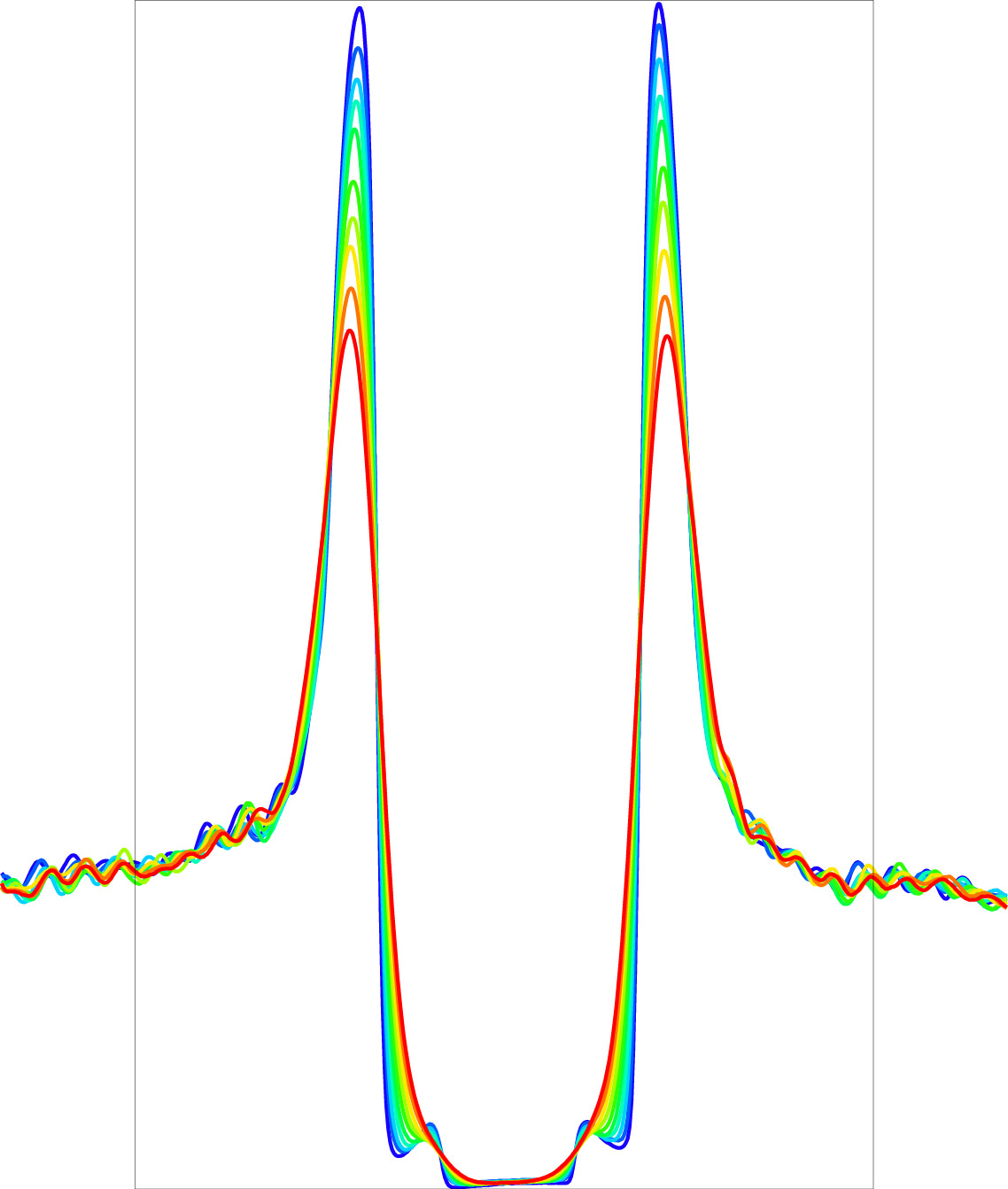suspended CVD graphene
Editors’ Suggestion
Simon Zihlmann et al. “Nonequilibrium properties of graphene probed by superconducting tunnel spectroscopy”, Phys. Rev. B 99, 075419 (2019)
In a conductor the current is carried by electrons. In a macroscopic conductor, the charge distribution is in local equilibrium, i.e. is described by a Fermi-Dirac distribution with an electron temperature. This changes is a microscopic device. Here, the relaxation of hot electrons may be too small, in particular at low temperatures, where the coupling to phonons is weak.
Superconducting tunnel spectroscopy is a powerful tool to study dissipation in microscopic system. It provides a direct view on the energy distribution of the electrons in a device. In this study, the authors have investigated dissipation and heat transport in graphene with the aid of superconducting tunnel spectroscopy. It was used as a probe of the energy distribution function, yielding electron temperature and electrochemical potential in different transport regimes.










